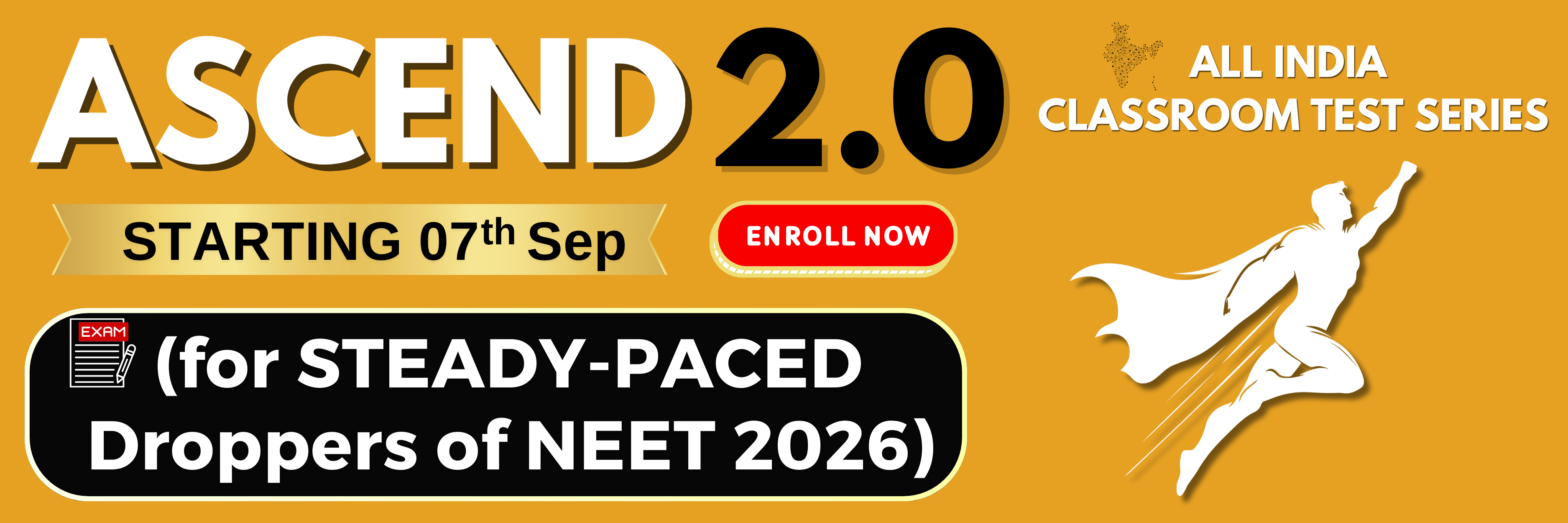If the height of a satellite from the earth is negligible in comparison to the radius of the earth R, the orbital velocity of the satellite is
1. gR
2. gR/2
3.
4.
The distance of neptune and saturn from sun are nearly and meters respectively. Assuming that they move in circular orbits, their periodic times will be in the ratio
1.
2. 100
3.
4.
The period of a satellite in a circular orbit of radius R is T, the period of another satellite in a circular orbit of radius 4R is
1. 4T
2.
3. 8T
4.
The period of a satellite in a circular orbit around a planet is independent of
1. The mass of the planet
2. The orbital radius of satellite around the planet
3. The mass of the satellite
4. All the three parameters 1, 2 and 3
The orbital velocity of an artificial satellite in a circular orbit just above the earth's surface is v. For a satellite orbiting at an altitude of half of the earth's radius, the orbital velocity is
1.
2.
3.
4.
The ratio of the K.E. required to be given to the satellite to escape earth's gravitational
field to the K.E. required to be given so that the satellite moves in a circular orbit just
above earth atmosphere is:
1. One
2. Two
3. Half
4. Infinity
A small satellite is revolving near earth's surface. Its orbital velocity will be nearly
1. 8 km/sec
2. 11.2 km/sec
3. 4 km/sec
4. 6 km/sec
An astronaut orbiting the earth in a circular orbit 120 km above the surface of earth, gently drops a spoon out of space-ship. The spoon will
1. Fall vertically down to the earth
2. Move towards the moon
3. Will move along with space-ship
4. Will move in an irregular way then fall down
In a satellite if the time of revolution is T, then K.E. is proportional to
1.
2.
3.
4.
A geostationary satellite:
1. Revolves about the polar axis
2. Has a time period less than that of the near-earth satellite
3. Moves faster than a near-earth satellite
4. Is stationary in the space






